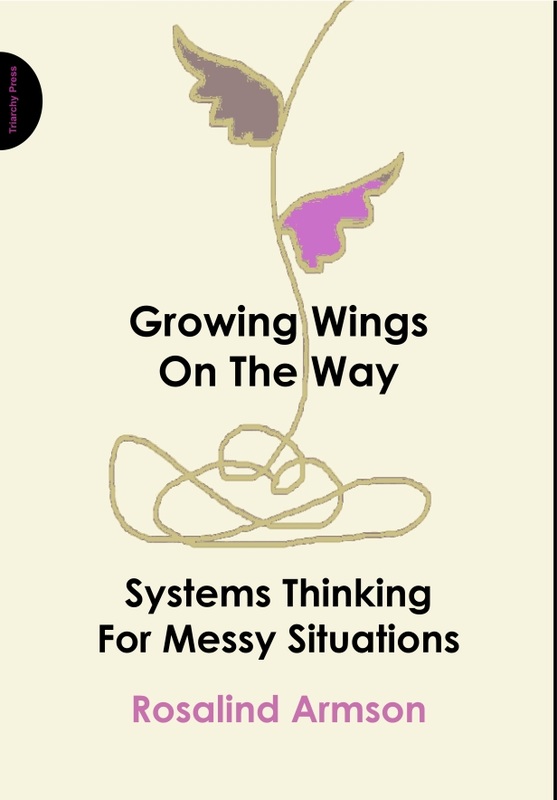Identifying ThemesThemes are a starting point for thinking about the essential messiness without breaking the mess into bits or losing sight of all the detail. Themes provide a ‘place to start’ for diagrams and other tools, techniques and ideas.They are covered in detail in Chapter 4 of the book, but here are some highlights:
The ‘rules’ for themes The rules for themes are fairly straightforward but well worth observing because it is very easy to default back to treating your mess as if it were a difficulty.
Themes provide a way of thinking about some of the complexity of a messy situation in a simple way. They are a more holistic way of thinking about a mess than identifying ‘the issue’ or even ‘key problems’. Other techniques in this book support new ways of thinking about messy situations but it can be hard to know where to start. Themes were developed as a way of finding a place to start. Later in the book, themes can be used as trigger ideas for diagrams and as potentially useful starters for thinking about action. |
More about the book:
Book Homepage
Buy the book Diagrams/Images from the Book Tools & Techniques (Extracted from the book): Rich Pictures Mental Traps Diagrams Complexity Identifying Themes Snappy Systems System Definitions Systems Thinking Skills (Extracted from the book): Enthusiasm Humility Respect Further Resources The Author Author video Read the Introduction Related Titles: The Search for Leadership |

